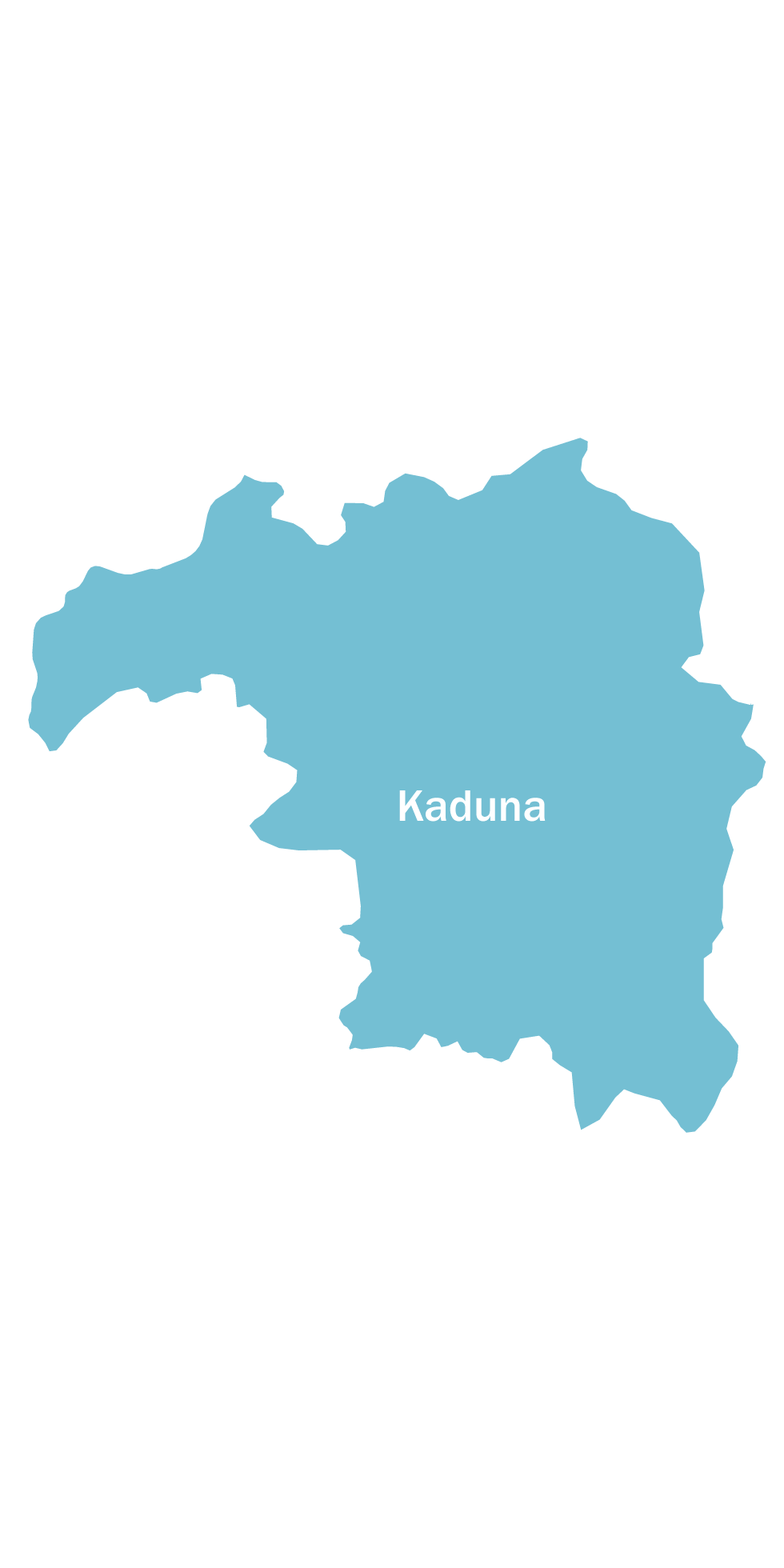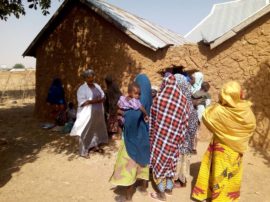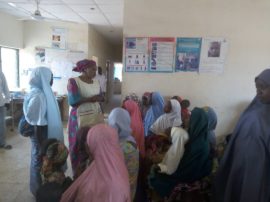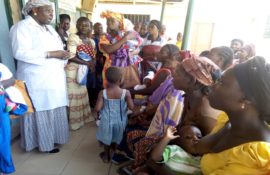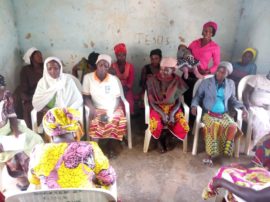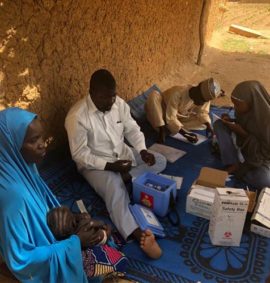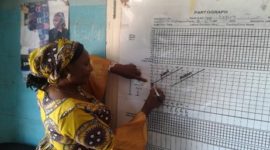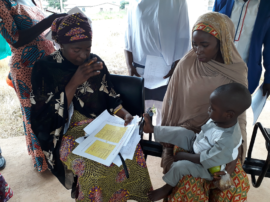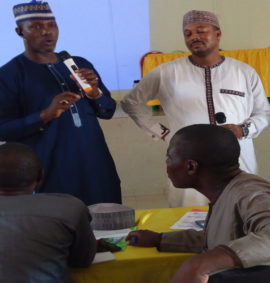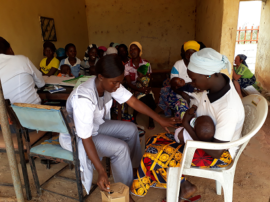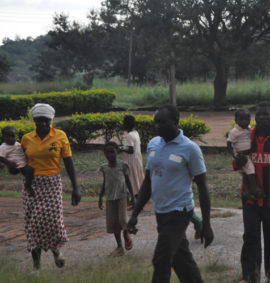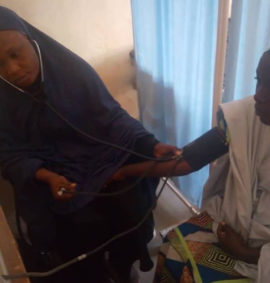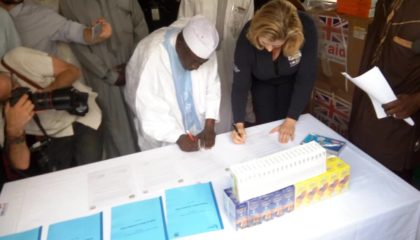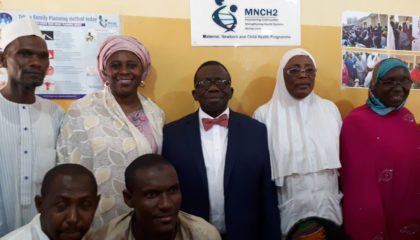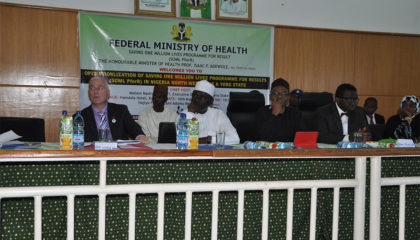|
Kaduna State was the successor to the old Northern Region of Nigeria, which had its capital as Kaduna. In 1967, the northern region was split up into six states, one of which was the North-Central State, whose name was changed to Kaduna State in 1976. Kaduna State was further divided in 1987 where Katsina State was carved out. Kaduna State has a population of 6.066.562 (NBS 2012) and is ranked 3rd of the 36 states of Nigeria which is about 4.3 % amounting to 2.2% as males while the remaining 2.2% are female. The State covers an area of 46,053 km and is ranked 3rd out of 36 states of Nigeria. The state is bordered to the north by Kano, Katsina and Zamfara States, to the south by FCT and Nasarawa States, to the west by Plateau and to the East by Kogi State. The state has 3 senatorial districts, 255 political wards and 23 Local Government Councils namely Birnin, Gwari, Chikun, Giwa, Igabi, Ikara, Jaba, Jema’a, Kachia, Kaduna North, Kaduna South, Kagarko, Kajuru, Kaura, Kauru, Kudan, Lere, Makarfi, Sabon Gari, Sanga, Soba, Zangon Kataf and Zaria.
About 6,113,503 million (NBS 2012) people inhabit Kaduna State. Life expectancy as at 2001 was about 52.11 years with a total fertility rate of about 7.9 (NDHIS 2013) children per woman of childbearing age. Although population of the State is predominantly rural (90%), the distribution in terms of sex is almost equal between male 3,090,439 (NBS 2012) and female 3, 023,065 (NBS 2012).This pattern of population distribution is same across various constituencies in the State and between urban and rural areas. In terms of age distribution, 40% of the population was made up of young people below the age of 15years, and 62% between the ages of 15 and 59 years while 6.2% were people aged 60 and above, NURHI (2013). This survey reveals a dependency ratio of almost 1; meaning that there is almost one dependent to every economically active person in the population.
Kaduna state has high mortality rates and burden of diseases profile. Maternal mortality ratio (MMR) is estimated at 1,025 deaths per 100,000 live births (NBS 2012). Mothers die frequently from complications of pregnancy and childbirth: anemia, obstetric hemorrhage, shock, sepsis and toxemias’. Other reasons for the high maternal mortality in the State include low ANC coverage, which stands at 54.6% (NDHS 2013); and the fact that delivery by health professionals and facility based delivery rates are 35.5% and 4.5% (NDHS 2013) respectively.
|
